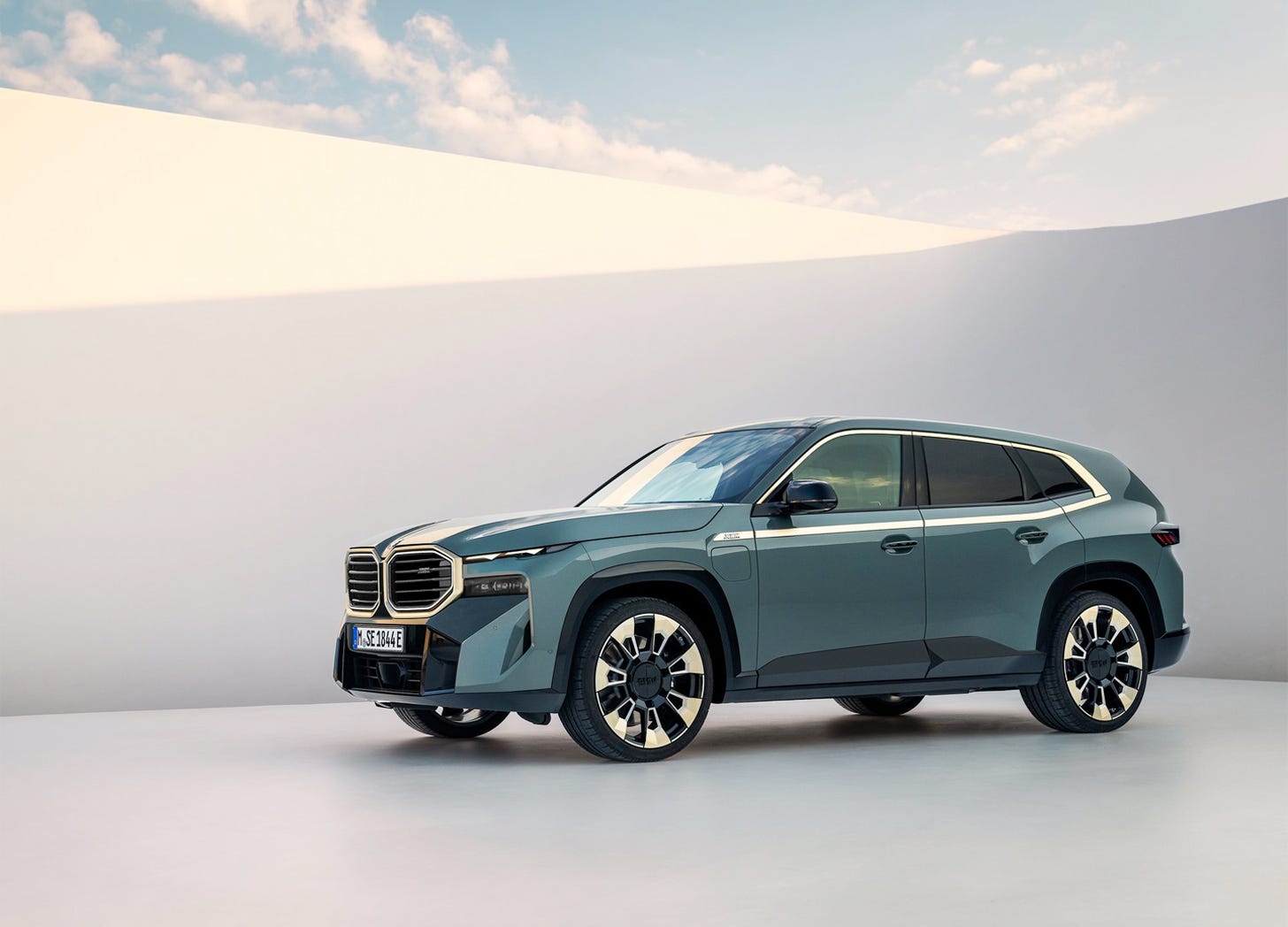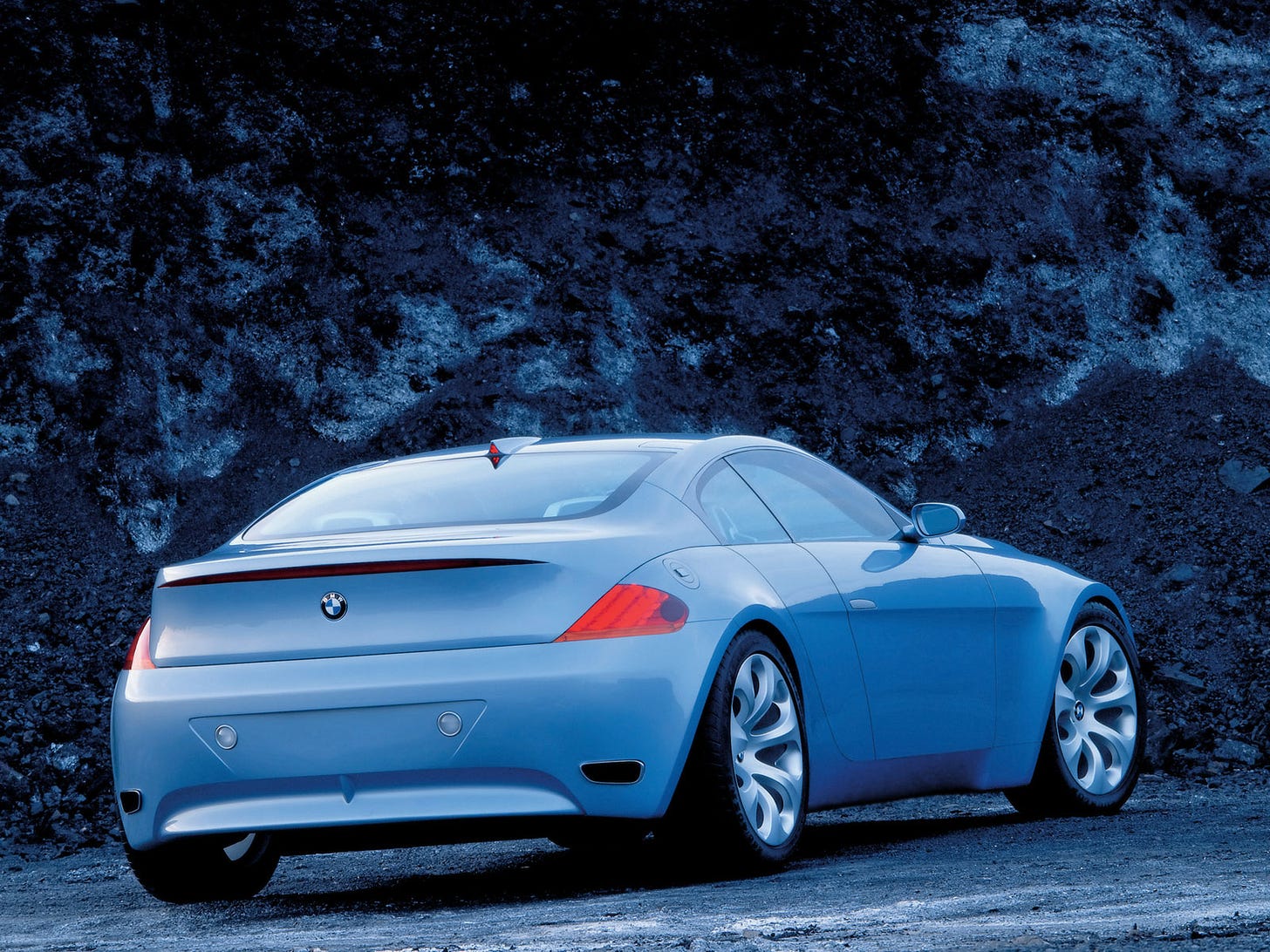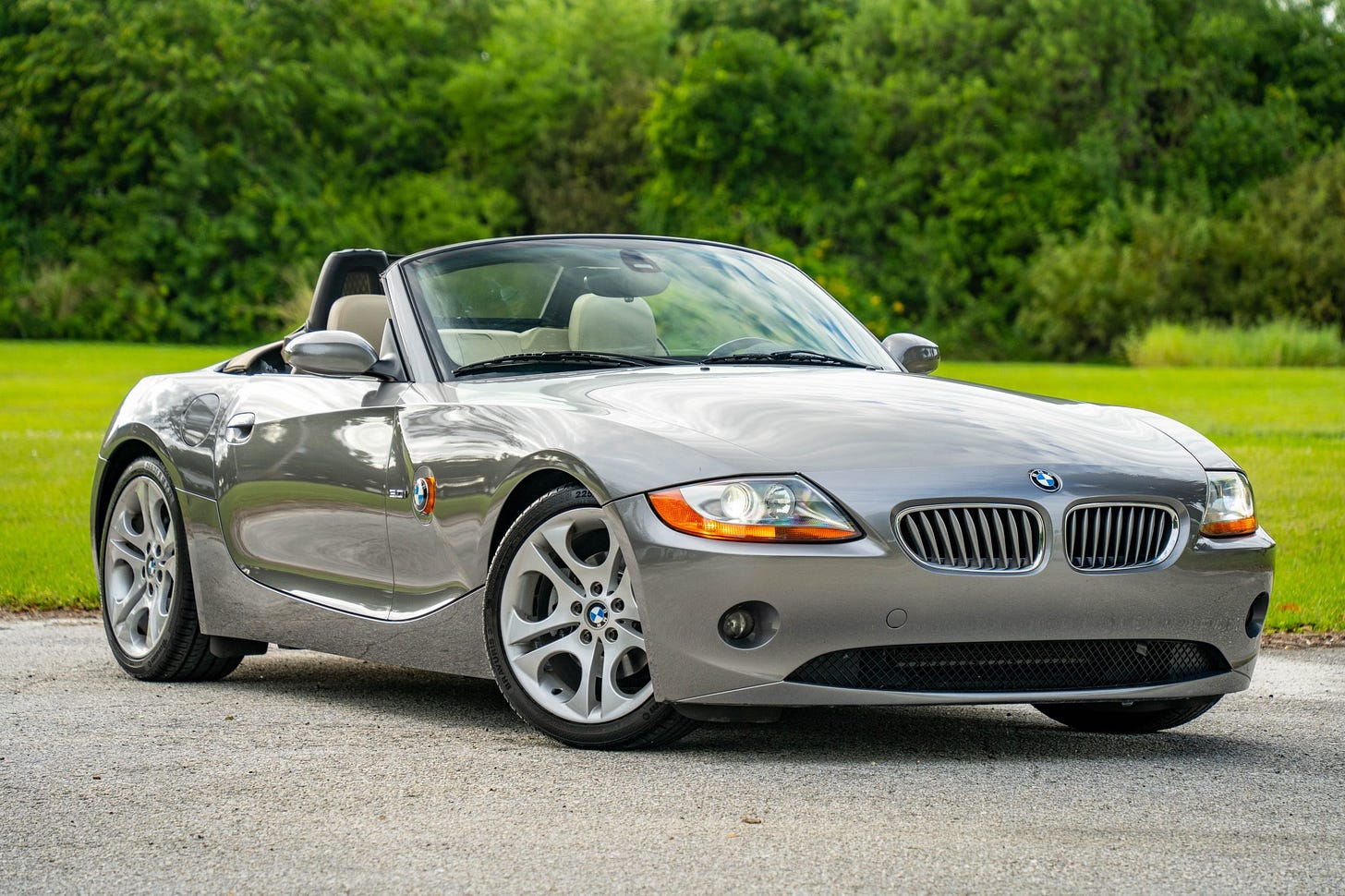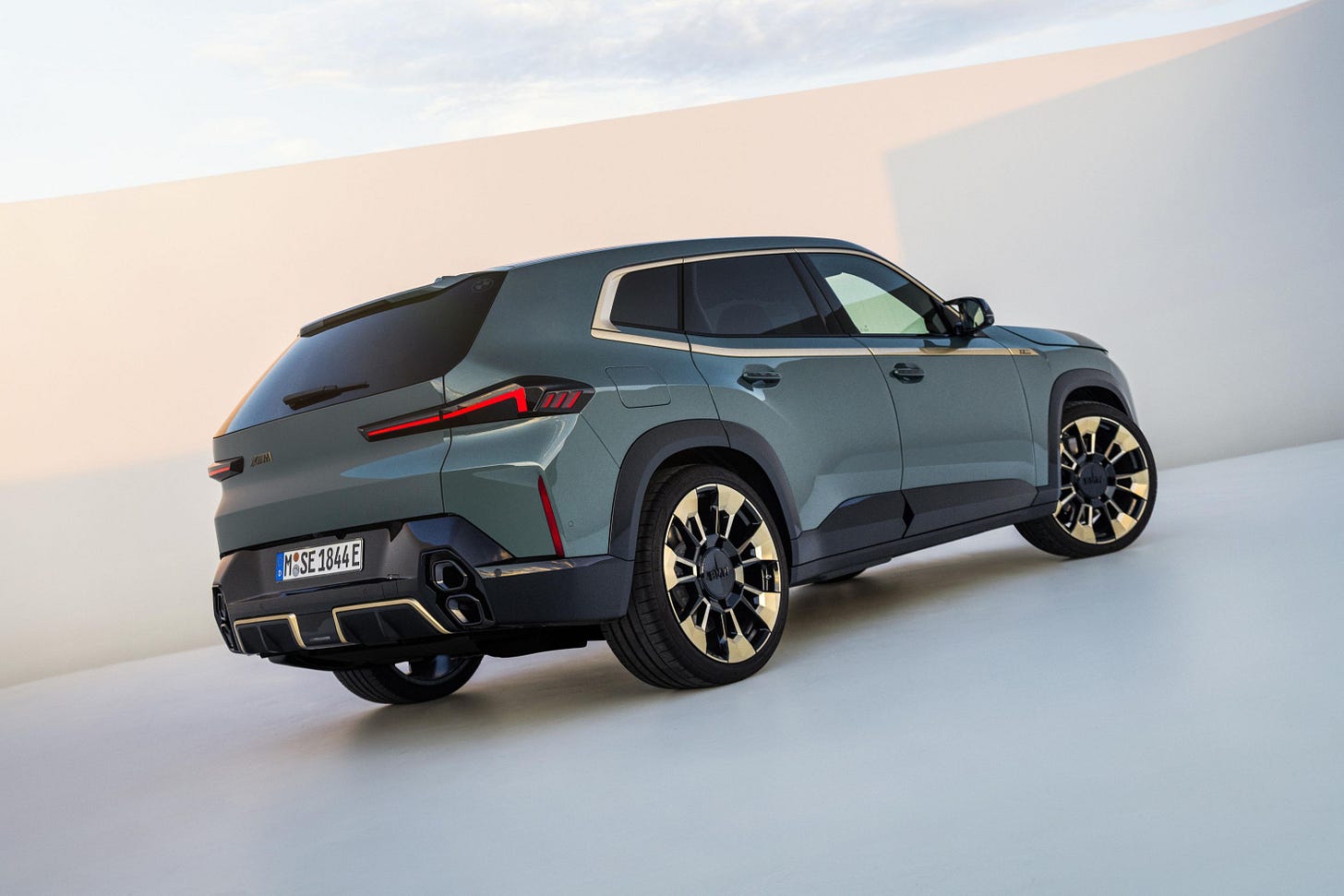How BMW Fell So Hard from Grace, I Don't Know: Quickie
BMW has some of the biggest cojones in the business, particularly when it comes to styling. Since the turn of the millennium it hasn’t been one to shy away in trying to convey an image that ties in what to expect from a modern Bimmer.
Not that there was anything wrong with the old styling. It was a slow evolution of Neue Klasse that debuted in the 1960s when the company was attempting to shift away from exclusivity to the mass populaces. Naturally, if the opportunity arose, designers would want to take initiative and try to enhance brand perception.
Enter the world of Chris Bangle, who became the first chief of design to come from Ohio. It was there I presume he was inspired from snowfall that could form white lumps on top of cars in the wintertime. And then molded those lumps into a contraption called the Z9 Gran Turismo:
Little did we know that his twisted fantasies would invade the employer shared by fair-minded Bavarians aspiring to make ultimate driving machines. This would later become the 6 Series in the mid-2000s.
But this wasn’t Bangle’s worst showing. That belongs to the E65-codenamed 7 Series. It was previewed to be BMW’s downfall in 2000s because its direct predecessor in the E38-gen 7 Series was beautiful enough to be paired with Pierce Brosnan’s cheek bones. It’s unlikely we’ll forget the parking garage chase that ended with Bond’s car crashing into an Avis Rental depot thanks to Q’s smartphone.
So when the E65 arrived on scenes, it was a real glow-down:
Here, the dominos began to fall. The 7 debuted, then the 6. Then the biggest pill to swallow came in the form of the E60 5 Series. It was clear then that this was become the new normal for BMW.
It was a similar deal with the 3 Series in the 2000s. The controversies kept on coming until a brief period in the 2010s when each of these models mellowed out, before picking up again with the questionable XM and the 4 Series.
As with modern Bimmers of today, there manages to be hits to co-exist along the misses, even in Bangle era. One particular model has been immune to the uglification for three generations now. The Z4 roadster has always been the one rose in a bed of thorns.
The first-generation Z4 [codenamed E85 for you nerds out there] remains my second-favorite convertible after the Miata. Rather than be an eyesore with a ragtop, it looks rather like fluid in motion even when stopped at a set of lights.
When it was replaced for 2009, it managed to get even prettier:
Both times, the Z4 never matched the performance verve of the Porsche Boxster, nor quite match the luxury of the Mercedes-Benz SLK. But sometimes that’s not a bad thing. To me, the styling tradeoff is a cue that the Z4 didn’t take itself too seriously.
Same is true for the third-generation roadster. It only exists because of the Silk Road deal with Toyota, which spawned a new Supra in the form of a coupe. BMW offers an open-top to the few people who decide it over its contemporary German rivals.
Boosting its appeal is a Handschalter package that pairs the twin-turbocharged straight-six engine with a six-speed manual transmission, following Toyota’s decision to later offer the Supra with a clutch pedal, a wise move that saw more than half of all Supras go home in 2024 with the alternative.
The BMW lineup today is somewhat all over the place, epitomized by the polarizing XM. The interiors are consistently uniform while designers seem to have been given free rein over what they look like on the outside. To put it kindly, an acquired taste is needed to view each of these cars as desirable.
At least Bangle had a vision and executed it, making it work, and had a swan in a field of ugly ducklings.
Shouldn’t everything in life have a bright side?








